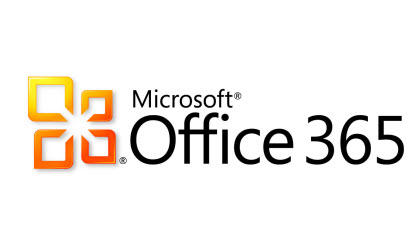In just the past few months, Microsoft has released special charity pricing for non-profits and education. I’ve been following the product release and feedback and it has been very positive.
But until recently I hadn’t been all that interested because I didn’t see it as an option due to the cost. Now that the new pricing models have been released, we’ve gone full swing into understanding how it works.
The first thing to note about the service is that it is very robust. All the features that we would expect to see in a business class service are there. There are also features for archiving, backups, and anti-spam that are easy to deploy for the administrator. What I also like is the ease of administration from the web interface. This is not a Windows server and it is not complicated.
I wanted to take a test drive in our company, but I didn’t want to replace our data center infrastructure because of integration between applications. I decided to implement Lync 2010—the instant messaging, peer-to-peer video conferencing, and presence server. We’ve discussed implementing it in our office for some time, but had never gotten around to it. I handled the deployment and we had it up and running in hours. It was impressive. I created the company. Deployed the service. Created my users. And when we installed the client and logged in we were on corporate instant messaging. If this had been a server deployment we would have been thousands of dollars and a week or two into the project before anyone would have seen an internal IM.
For non-profits, I would have to say that the two most compelling applications are Sharepoint Online and Lync Online. Sharepoint for collaborating on documents and Lync for the features already mentioned. In all organizations, and especially non-profits, these two applications present a new way to work together and to do it in a distributed fashion. That means that staff can work from anywhere on nearly all devices (yes that includes Apple iOS and Android). And the tools foster greater connectedness, and the ability to move and respond more quickly. If done right, that should mean more efficiency, happier staff, and increased impact.
We are now on our second and third deployments of Office 365. In helping our managed services clients develop their plan and make a decision, the obvious comparison comes up between Microsoft and Google. And I think the comparison is necessary and no one should say that one is immediately better than the other. You have to look at your staff, your business operations, and the tools you use today. It may just be easier to go with Microsoft applications if some of your staff are using Microsoft Office and rely on functionality. You may have already invested in Microsoft Office and want to stay there. Or you may just prefer having access to desktop applications in addition to web-based versions. If that doesn’t represent your organization, then it could be a toss up. Just be sure to make your decision on facts. In the end, you should be well served.

